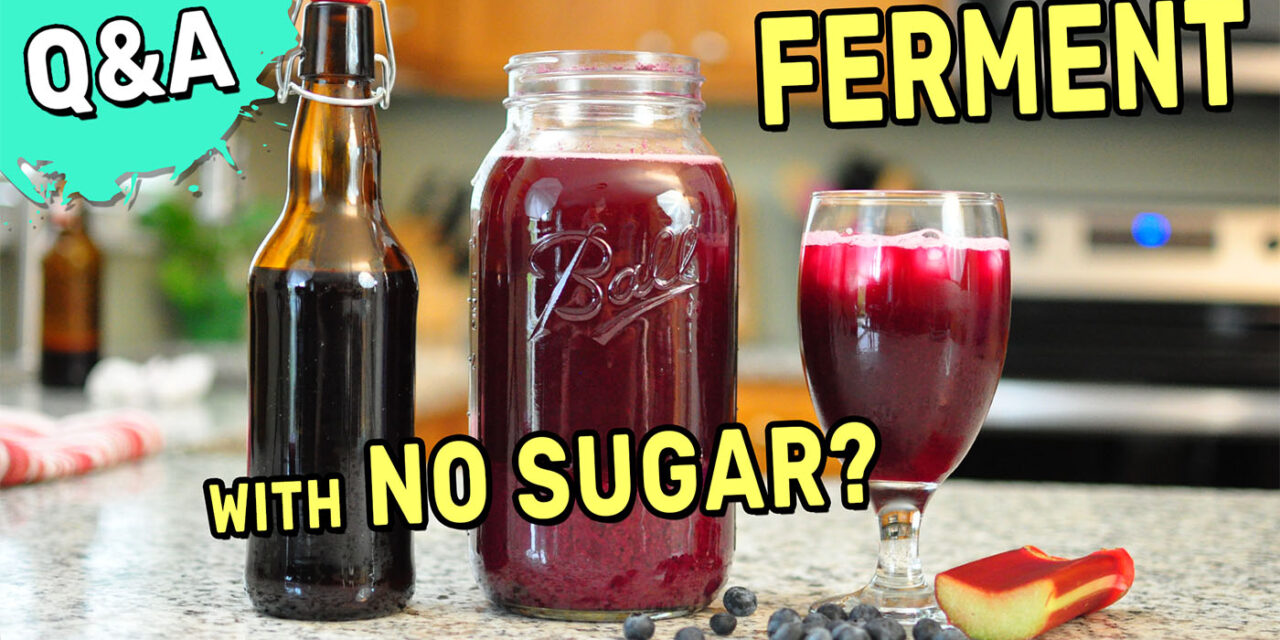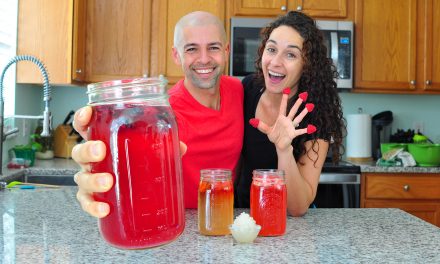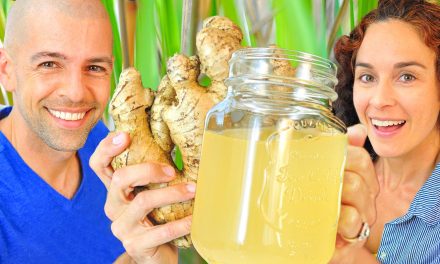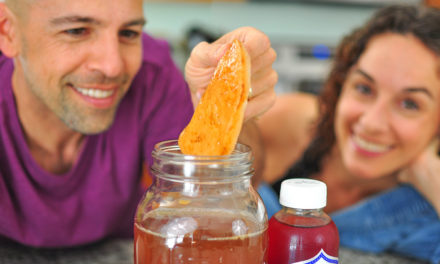We get a lot of questions around here so we’ve started a new Q&A series of videos to answer your questions.
This question is about how to consume less sugar when making fermented drinks.
Check out the full video and subscribe to our YouTube channel. We appreciate your support! ❤️
Can you ferment with no sugar?
Typically the answer to this question is no. Bacteria and yeast are doing a lot of work and need energy to kick off the fermentation process. They burn the sugar and carbohydrates in foods and drinks like we do to be able to do this work. They also need energy to multiply and create all of that bubbly goodness. Without a fuel source, they can’t survive and if they don’t survive – no fermentation.
In food and drinks that are naturally sweet, you may not need to add additional sugar. In many vegetable ferments like sauerkraut and pickles, there’s no need to add additional sugar since it’s already present in the vegetables themselves. In the end of the fermentation process, vegetable ferments are not usually sweet, but rather taste sour and salty.
Most of the time though, the question about sugar is in reference to soda-style drinks like kombucha, kefir and drinks made with a ginger bug, like ginger ale. Can these be fermented without sugar? Possibly! If you’re making a fermented drink from fruit, there’s already sugar present. So yes, technically you can ferment with no additional sugar. The bacteria and yeast will use the sucrose, glucose, or fructose that’s already present.
It’s ultimately up to you how sweet you like your fermented drinks.
If you’re curious about making a simple homemade ginger ale, these two videos will give you everything you need to make your own batch of ginger ale:
On to the next part of the question!
Can you ferment with less sugar?
Yes, definitely! There are a couple ways to create a fermented drink with less sugar.
You can simply use less sugar in your fermented drinks. For example, in our fermented ginger ale recipe, you could use half of the sugar the recipe calls for, and it would still ferment.
Another way to create a low-sugar or practically no-sugar fermented drink is to let it ferment for much longer. The key here is that sugar is used up during the fermentation process, so the longer it ferments, the less sugar will be left by the time you drink it!
You can simply taste test along the way to see how sweet it is during the fermentation process, and you can decide to drink it at any point. This would give you a low-sugar or at least a lower sugar fermented drink.
You could also let it ferment all the way out until there is practically no more sugar left. Just keep in mind that alcohol is a natural bi-product of the fermentation process, so the longer it ferments, the more alcohol it will have – up to a certain point, which is dependent on the type of yeast that is present in your ferment.
FLAVOR TIP:
And if your ferment tastes dry but you still want some sweetness without traditional sugars, you can sweeten your ferment with natural or artificial sweeteners, like stevia, just prior to drinking! While these types of sweeteners won’t help during the fermentation process, you can simply add them later for taste.
We’d love to hear from you about your experiences fermenting with or without sugar! Leave us a comment below and also be sure to subscribe to our YouTube channel!







